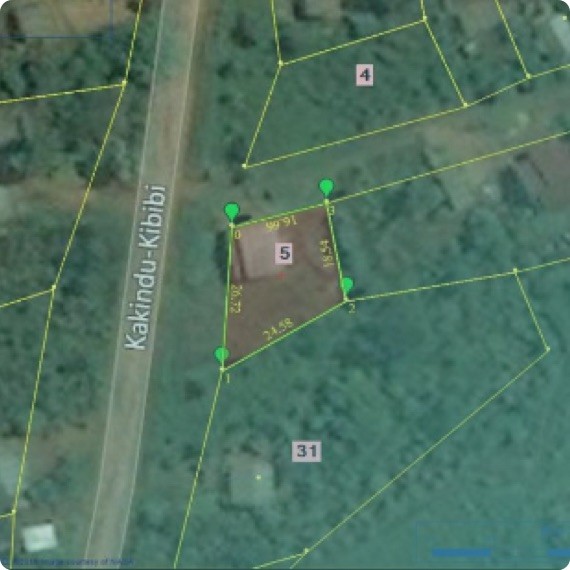European Global Navigation Satellite System: Applications
Through the last few decades, the GPS (Global Positioning System) has remained the most important positioning tool throughout various applications involving Geodesy as well as Geophysics. The upcoming satellite systems, however, are also able to improve such applications, such as Regional Navigation Satellite Systems and Global Navigation Satellite Systems.
GNSS like the European Global Navigation Satellite System (Galileo), GLObal Naya NAvigatsionnaya Sputnikovaya Sistema (GLONASS, Russia), Quasi-Zenith Satellite System (QZSS, Japan), and RNSS like the Indian Navigation with Indian Constellation (NavIC) have augmented modernization from dual to triple frequency signals off-recently.
Major Applications of European Global Navigation Satellite System & Other GNSS
Experts estimate that the world will gain access to over a hundred satellites as part of a multi-GNSS model involving different types of global navigation satellite system. These will communicate their signals through an array of various frequencies and enhance present-day applications, such as positioning and modeling.
However, these shall require intensive algorithms and models to connect and incorporate those multi-frequency signals being transmitted via multiple GNSS accordingly.
We will talk about some of these applications below -
● Positioning using lengthy single-baseline RTK and multi-frequency transmission
The dependability and duplication of the positioning models are one of the aspects that can be worked upon using the multitude of signals acquired with multi-GNSS. Moreover, the combination of multiple frequencies and more accurate atmospheric lags lead to quicker, more reliable positioning, as compared to single-frequency and dual-frequency GNSS. The results are quite evident in uses like systematic land inventorization and land management.
Several researchers have worked on articles that feature the improved results observed by merging multi-frequency signals. Changes made include the modeling of tropospheric as well as ionospheric delays, also known as long single-baseline RTK and PPP-RTK, respectively. They have also clearly demonstrated the magnitude of enhancement to the strength made through the combination of various types of global navigation satellite system, particularly in comparison with the conventional dual-frequency GPS-only pattern.
● The use of multi-GNSS PPP in combination with dual-frequency in smart mobile phones
Precise Positioning Applications (PPP) have undergone massive advancement through the last few years in terms of multiple GNSS receivers and their availability at lower prices. Such inexpensive chips are generally impacted due to the implementation of cheap antennae that are highly responsive to multipath - and this alters their performance.
On the other hand, when multiple Global Navigation Satellite Systems are combined for tasks like a systematic land registry, a remarkable change has been observed regarding positioning performance. Apparently, it is more competitive when tools like survey-level receivers and better antennas that can suppress multipath more easily are used.
Smartphone makers have begun benefiting from this kind of inexpensive GNSS chips, which has surfaced in the form of precise positioning applications in such mobile phones. This has also been researched by observing PPP performance during the usage of dual-frequency and multiple GNSS calculations and measurements gathered from an array of various commercially available smartphones.
Final Thoughts
The GPS has prevailed through the previous decades as the best positioning tool in a range of Geophysics and other applications. However, the flourishing of next-generation GNSS alongside current ones like the European global navigation satellite system, GLONASS, and similar GNSSs improve several applications once they are incorporated.





Comments
Post a Comment